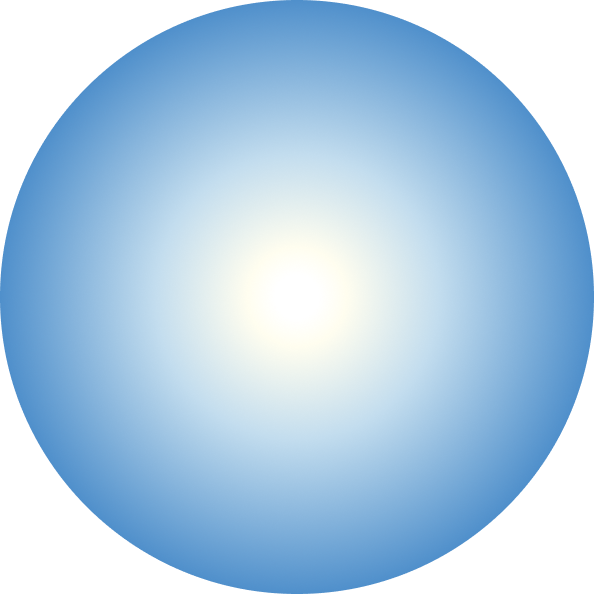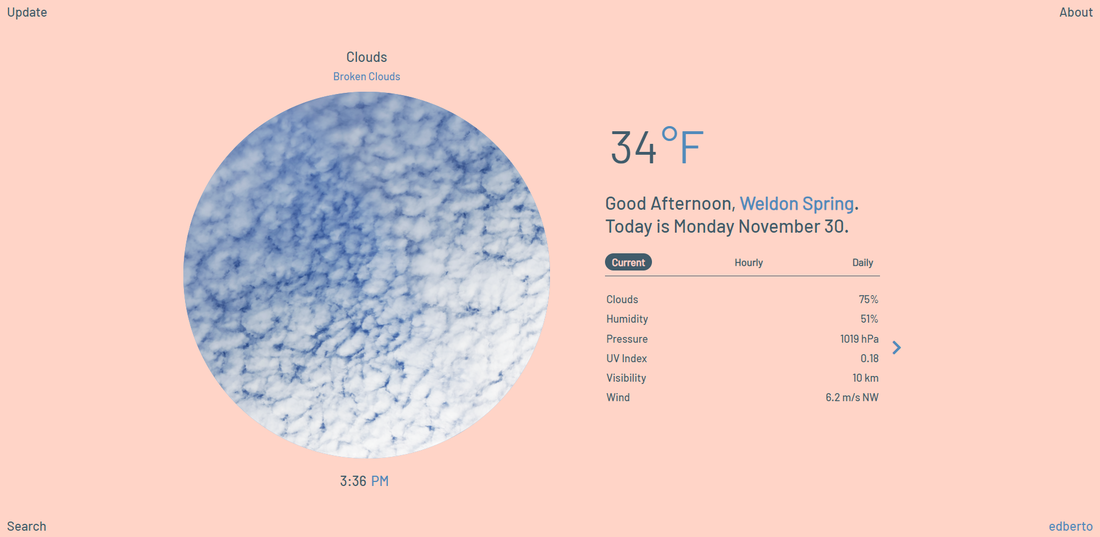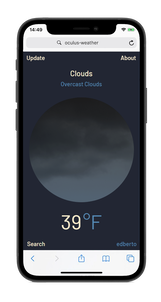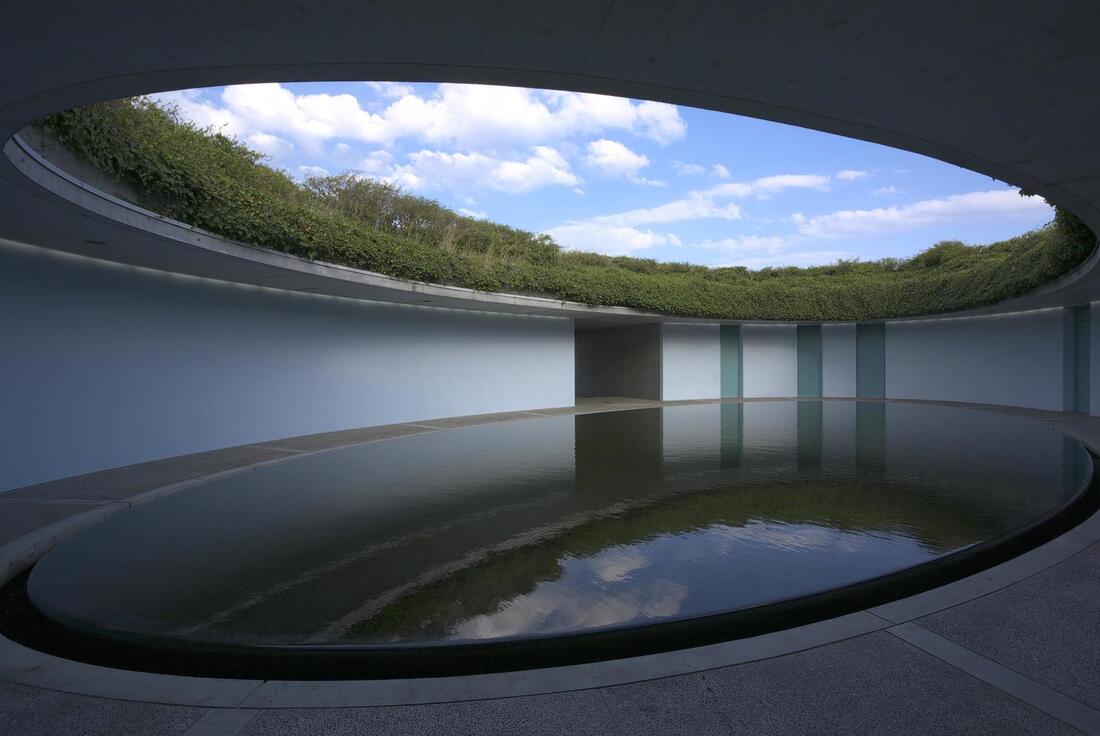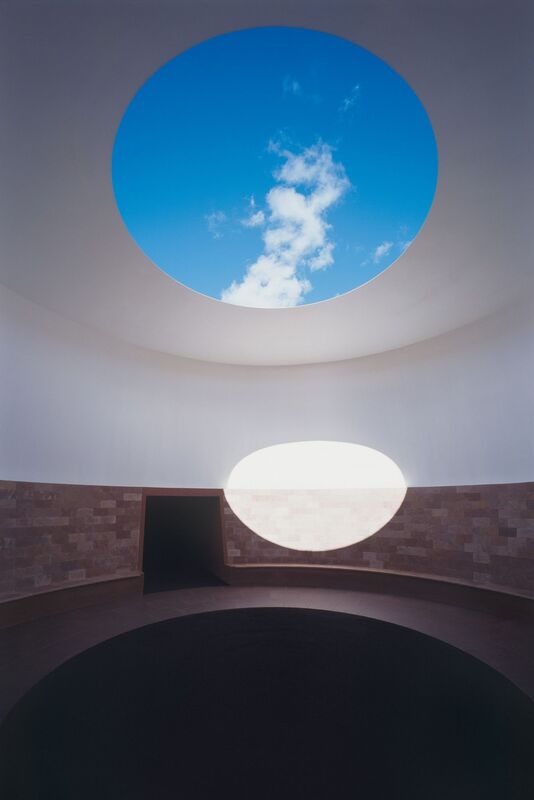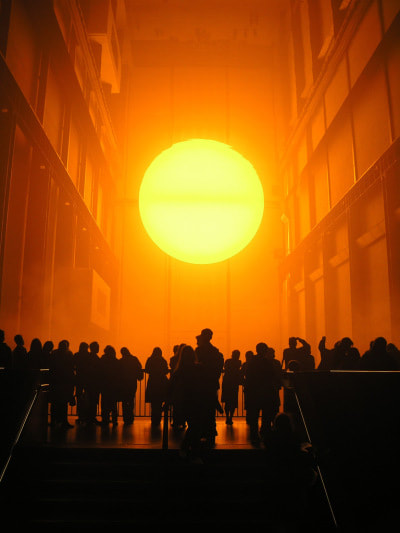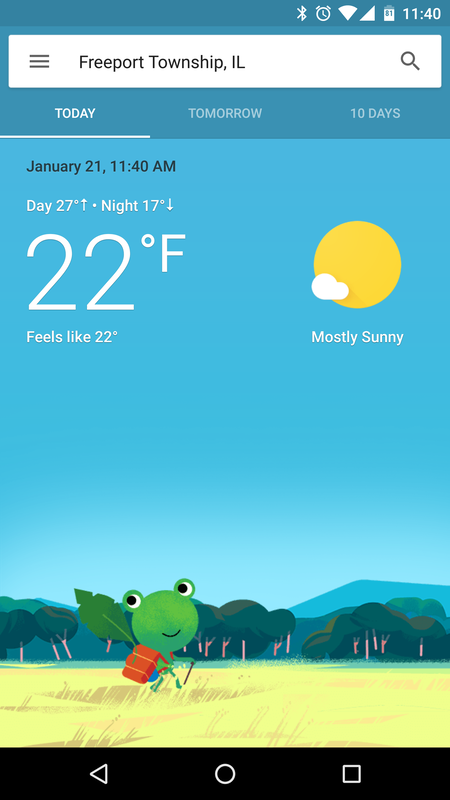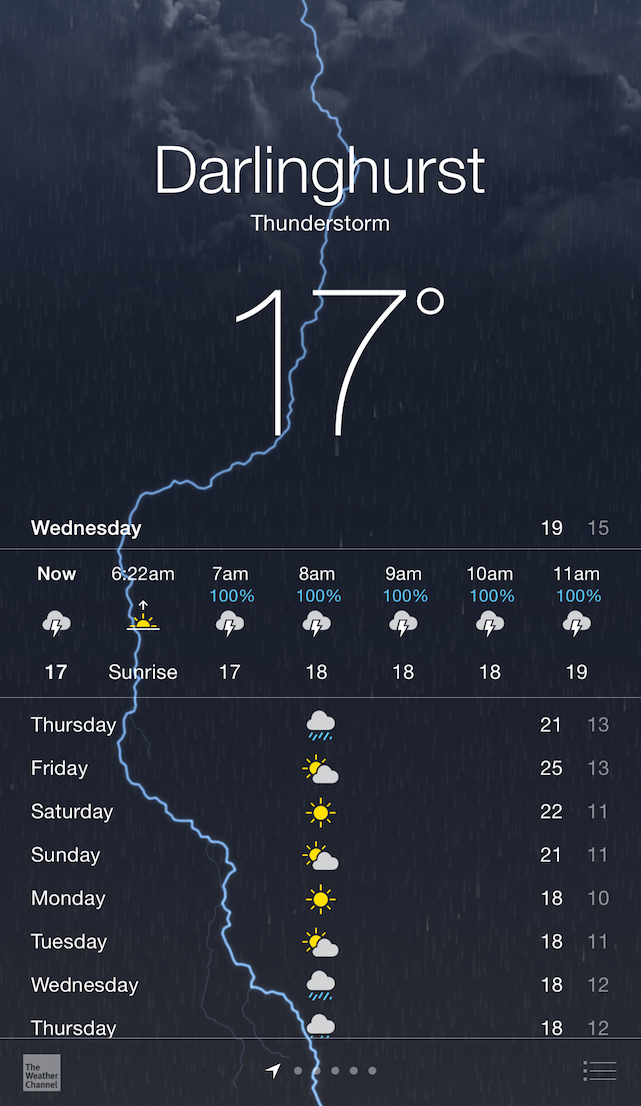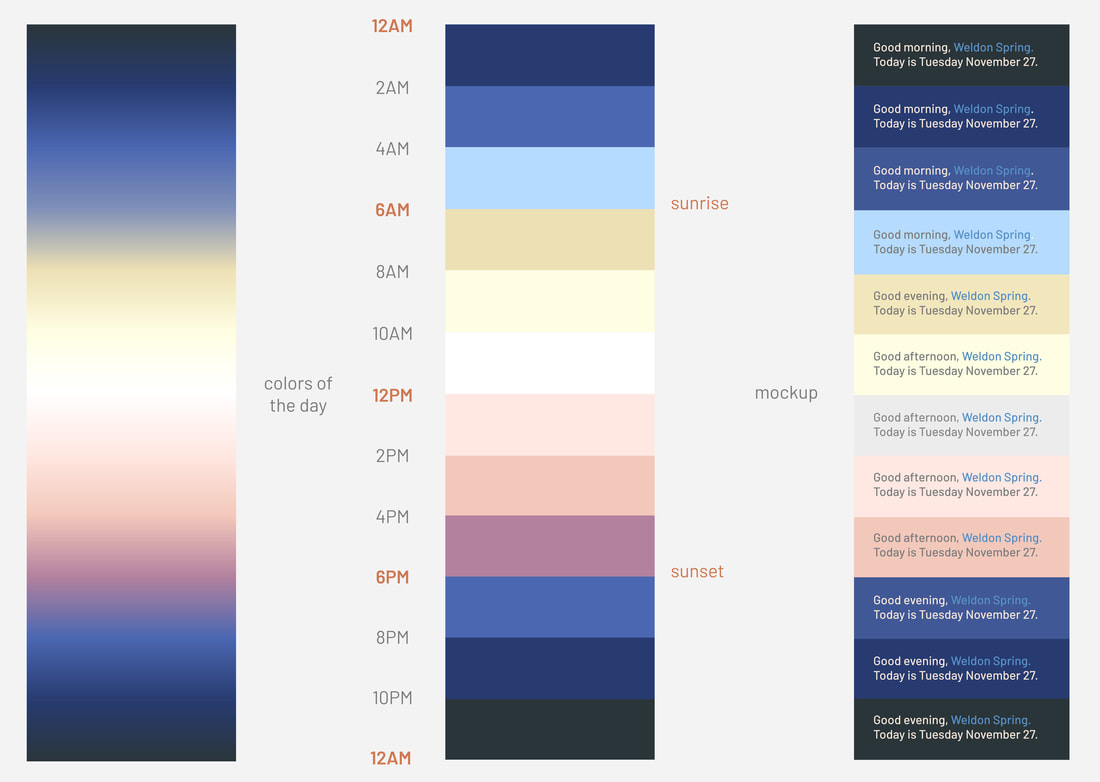|
Concept
|
Since recorded history, the sky has been a constant source of fascination for all people everywhere. With its ever-changing conditions of light and color, the sky has a spiritual way of connecting humans to nature and the wider cosmos. The weather represents more than functional information, telling us how to dress and when to go outside; it is ultimately a thing of beauty, and nature itself.
|
|
Existing Conditions
|
|
Outline and Goals
|
The project will deliver an elegant user interface that celebrates the experience of weather.
(2-Weeks Development, 2-Weeks Design, 4-Weeks Integrated) |
Design ObjectivesGraphic HierarchyThe user interface has clear graphic hierarchy and legibility. Weather visualization expresses the qualitative feeling of the weather, and weather data indicates the quantitative functional data. Information scale and placement directly relate to the information presented, and only the most important data is shown.
Meditative AnimationsWeather visualization fully utilizes the potential of CSS animations. Visualizations convey weather events realistically and comfortably, based on the weather conditions provided by external API.
Responsive DesignProject contains response design that scales well across screens and devices (desktop, tablet, and mobile). Design responds to changing weather information and local time of the user, through lighting and visual changes.
|
Development GuidelinesExternal APIThe project uses an external API to bring in weather data and maintains information in state. Application identifies user's location through browser geolocation. Data includes local, hourly, and 7-day information.
React ReusabilityApplication uses React as a front-end framework. Data from API moves uni-directionally from the container state to smaller components, and user events flow the other direction. Whenever possible, data logic and components are reused to prevent redundant logic. Application folder structure and file information are clear.
D3, React HooksFor learning and experimentation purposes, project utilizes D3.js for data visualization for some displayed information. React Hooks are also explored whenever possible.
|
Initial Sketches
|
How can the interface itself express the weather? My first thoughts went towards Mark Rothko's minimalist paintings, such as his No.1 (Royal Red Blue). The modern painter once said that a "painting is not a picture of an experience, but is the experience." How can I imbue that same spirit to the app? The key was not to merely overlay the weather text and data on top of the image, but rather celebrate the image itself, as the icon and experience. The architectural oculus serves this role beautifully.
|
|
Wireframe / Prototype
|
|
|
Weather Conditions
|
Inspired by James Turrell, I crafted oculus animations that celebrate moving clouds, falling precipitation, and thunderstorms. To begin, I tested animations in CodePen and referenced some great front-end examples. I corresponded each weather condition to Open Weather's own set of orange-and-black icons. For further study, I imagine that the app's visualizations can be further attuned to the 50+ unique weather conditions.
|
Colors of the Day
|
Gradient Tests, 24-Hours
As a final touch, the background and text colors dynamically change based on the user locations' time of day. Here, I was inspired by Olafur Eliasson's Color Experiments. The app's changing color theme seeks to match the circadian rhythm of the user, changing to darker, cooler colors at night and warmer, lighter tones during the day, every two hours.
|
See the Pen Rain Mist by urbandesign09 (@urbandesign09) on CodePen.

